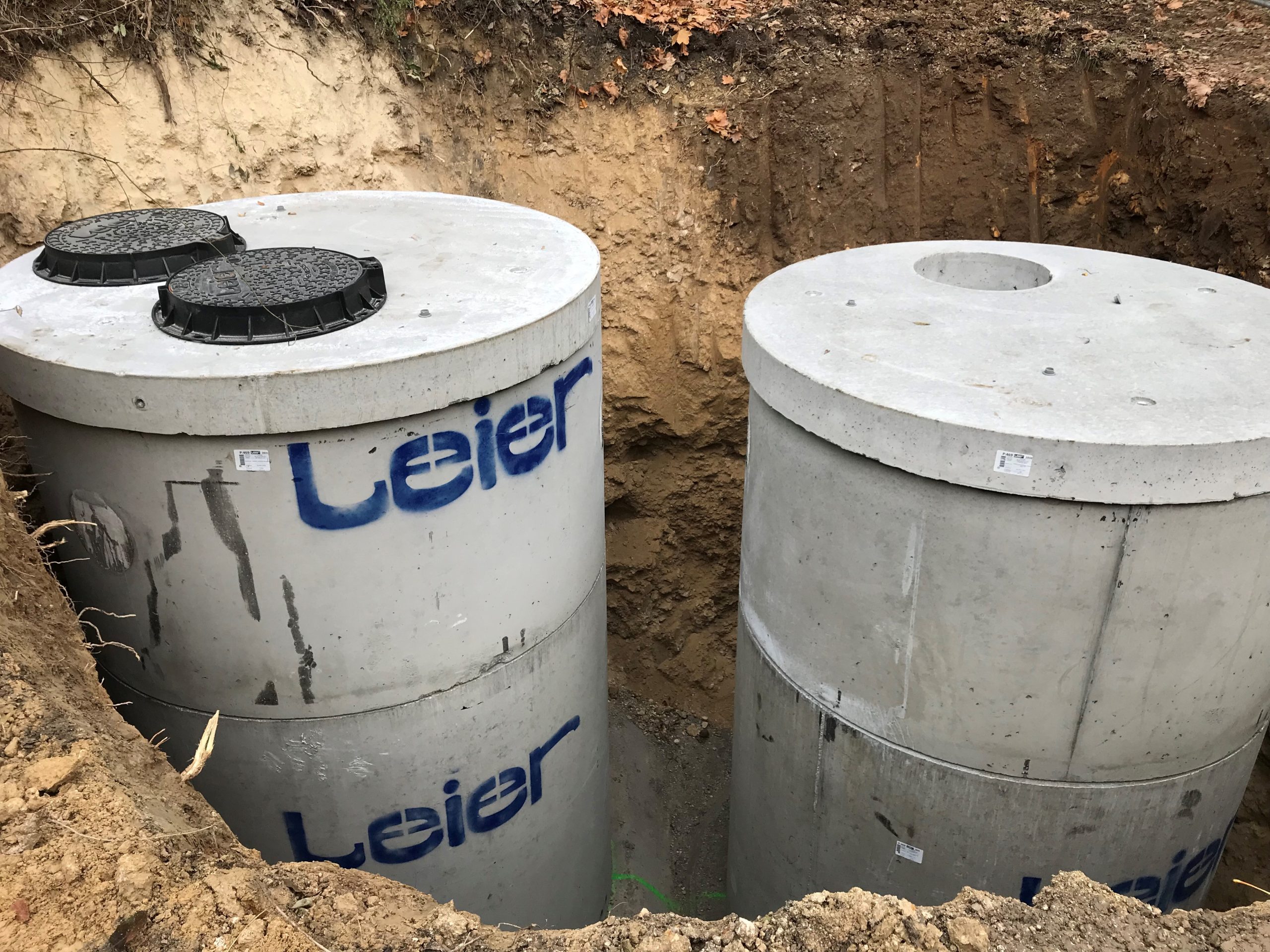Budapest Capital XII. district Hegyvidéki Municipality
Joy Street underground rainwater storage and seepage
The Municipality of Hegyvidék participates as a project promoter in the LIFE UrbanExtreme project. The aim of the pilot project is to investigate the problems arising from changes in precipitation events due to climate change, or the lack thereof, in the different geographical and built-up districts of the capital, and in the light of this to create a solution proposal and action plan for sustainable stormwater management at district and capital level.
A LIFE in Runoff The main long-term goal of the project is to minimise the damage caused by the increasing intensity of precipitation in Budapest in the future, according to all available analyses, and to use the experience of the project to help other cities in Hungary and abroad to better protect themselves against the damage caused by intense precipitation.
Under the leadership of the Green Office of the Municipality of Hegyvidék, the installation of rainwater harvesting cisterns continued. After Diana Street, two 10 m3 underground rainwater storage tanks were installed in Joy Street. The Green Office staff are working with other districts and the capital to develop a stormwater management plan, and the small interventions underway are a good basis for this.
Zoltán Rózsa, the office manager of the Hegyvidék Green Office, gave an interview to Hegyvidék TV:
What is the purpose of the investment?
What is the purpose of the investment?
Az Öröm utcai felszín alatti esővíztározó és szikkasztó a LIFE Városi Eső projekt keretében jött
létre, és a csapadékvíz megtartását és száraz időszakban történő újrafelhasználását célozza.
A Hegyvidéki Önkormányzat projektben vállalt hosszú távú célja, hogy a klímaváltozás
következtében – a rendelkezésre álló összes elemzés szerint – egyre intenzívebbé váló
csapadékmennyiség a jövőben minél kisebb kárt okozzon köz-és magánterületek egyaránt.
Why Joy Street?
Why Joy Street?
The proposed groundwater reservoir and seepage pit in Joy Street is located on a steep hillside in the southern part of the Mountain Region. In this part of the district there is only a sewer, into which stormwater from both private and public areas is prohibited. During heavy rainfall, rainwater accumulated in the higher parts of the sub-catchment area flows down through the street “Joy” and floods several private properties in the lower areas. At the start of the project there was already an infiltration block on site, but it was not of sufficient capacity or maintenance.
With this pilot project, the Municipality of Hegyvidék is testing the modification of existing infrastructure at a higher point in the sub-catchment area in a way that will reduce the flooding experienced. In the district, a similar reservoir is being constructed in Diana Street. If these pilot interventions prove successful, further similar improvements could be implemented in the district in the future.
How does the rainwater retention system work?
How does the rainwater retention system work?
The total capacity of the underground water retention system is 20 m3, consisting of a 10 m3 reservoirunit and a 10 m3 sump unit. The surface runoff is collected by two interconnected catchment wells on the roadside of the street, and the water is then discharged into the interconnected reservoir and siltation units. The stormwater is treated with sand traps and oil traps
. It is calculated that there is no need for an overflow because the stormwater is drained back to the ground in the second, siltation unit.
What happens to the collected rainwater?
What happens to the collected rainwater?
It is planned to install a water level meter
in each of the reservoir and siltation elements, equipped with an automatic transmitter to measure the saturation of the units. The data will be collected on the Municipality’s server
and will allow the Municipality’s staff to monitor the amount of rainwater collected. The collected rainwater is pumped out by the green area maintainers and used to irrigate small green areas in public spaces (e.g. flower beds, tree borders, bee gardens, etc.) during dry periods, replacing
the use of fire water.



